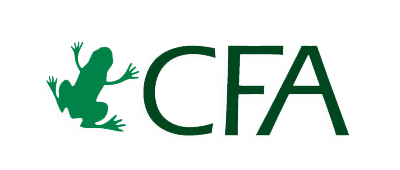Economic instruments are essential tools of conservation finance as many environmental services and costs are external to private company finances. Economic instruments are efficient means for governments to bring these externalities into the market prices. By definition, economic instruments include “fiscal and other economic incentives and disincentives to incorporate environmental costs and benefits into the budgets of households and enterprises” (Glossary of Environment Statistics, 1997 as referenced in OECD, accessed January 10th, 2020). They seek to achieve this role of incorporating costs and benefits into budgets through “full-cost pricing” - that is increasing the prices of environmentally harmful products and services and decreasing the costs and prices of positive environmental goods and services.
The OECD Policy Instruments for the Environment (PINE) database includes six categories of policy instruments, five of which are economic instruments and listed below (OECD, accessed January 10th, 2020). Definitions are adapted from the PINE Glossary.
Environmentally Related Taxes
Fees or Charges
Tradable Resource Use Permits
Fines and Penalties
Compensation and Offsets
Deposit-refund Schemes
Environmentally Motivated Subsidies
